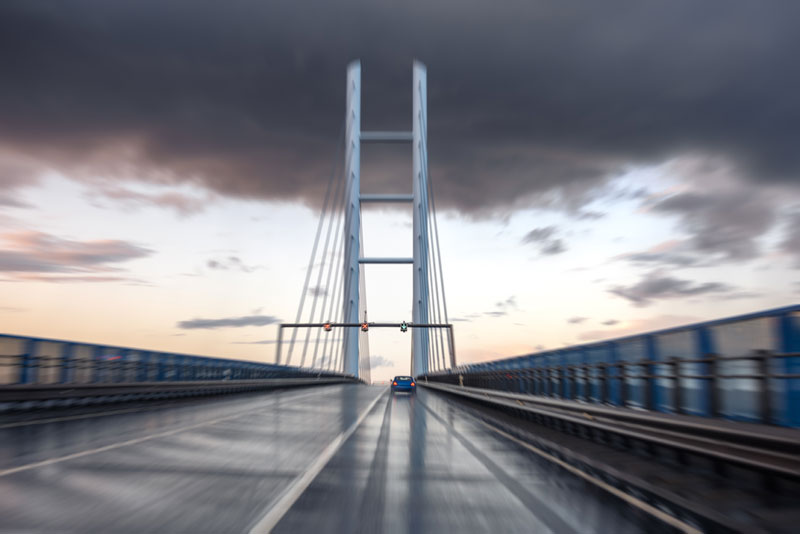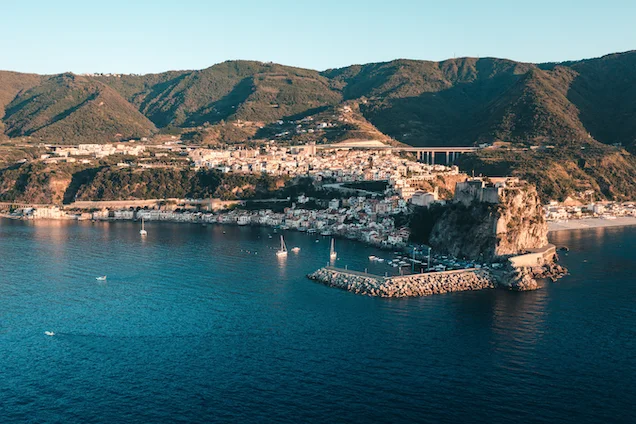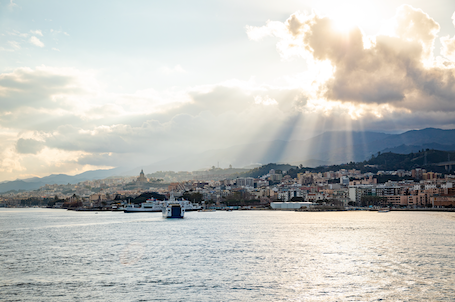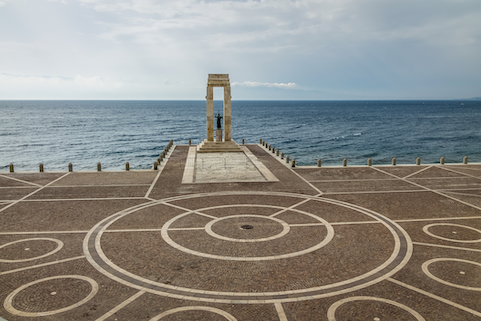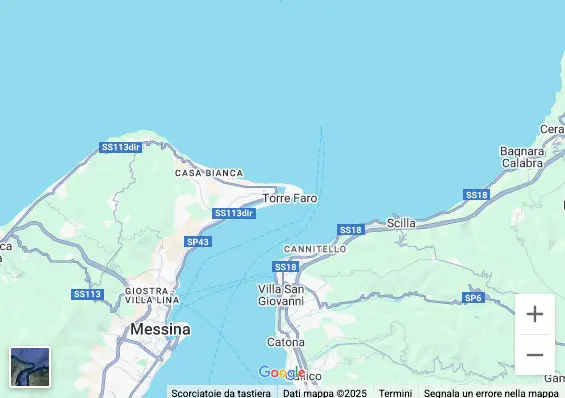EVIDENCE
Ponte di Messina
LENGTH
LENGTH
HEIGHT
DURATION YEARS
PROJECT
Ponte di Messina
STRATEGIC OBJECTIVES
The Bridge is a physical connection that shortens distances, improves mobility, and generates new economic, tourism, and social opportunities, not only for Sicily and Calabria, but for all of Italy.
MORE +
FINAL PROJECT
The Bridge is an unprecedented piece of infrastructure in the world, with its many records. It represents a unique engineering and technological challenge, an integrated system of roads, railways.
MORE +
ANALYTICAL COSTS
The €13.5 billion investment covers the construction of the bridge, its maintenance until 2062, and the ancillary works for the new integrated mobility system of European interest.
MORE +
Testimonials
Technical Data Sheet
-
Type: Single-span suspension bridge
-
Suspended span length: 3,300 m (record)
-
Tower height: 399 m (European record)
-
Deck width: 60 m
-
Road lanes: 6 (3 per direction)
-
Railway tracks: 2 (standard + high-speed)
-
Complementary works: over 40 km of roads / railways
-
Capacity: up to 6,000 vehicles/hour and 200 trains/day
-
Seismic resistance: up to magnitude 7.5 (Mw)
-
Wind resistance: up to 300 km/h (146 knots)
-
Analytical costs: €5.4 bn bridge + €6.75 bn other works
-
Estimated lifespan: over 200 years
BRIDGE CROSSING TIMEFRAME:
OFFICIAL ACTORS
Ponte di Messina
TERRITORIO
Ponte di Messina
FREQUENT ASKED QUESTION
Ponte di Messina
What is the structural type of the Messina Bridge?
The Bridge will be a single-span suspension bridge of about 3,300 meters, the longest in the world. This design reduces environmental impact in the Strait (no central pylons) and meets the requirements of resistance to extreme winds and high seismic stresses.
What is the overall cost and how will it be financed?
The total cost for the entire project is estimated at over €13.5 billion, including completed design activities, compensatory works, road and rail connections, four railway stations, safety and monitoring activities, and more, through 2032. Financing will come from state funds, European contributions, and private capital, with the goal of minimizing the impact on the public budget. Once operational, the Bridge is expected to generate revenues of around €800 million per year.
What are the economic benefits for Southern Italy?
The Bridge will generate a multiplier effect estimated in tens of thousands of direct and indirect jobs, tourism growth, attraction of investments, and development of local supply chains. It will have a direct positive impact on Sicily and Calabria, while contributing to overall national GDP growth of +€23 billion during its construction phase.
What safety measures are planned?
The project integrates a performance-based approach: seismic criteria specific to the Calabria–Sicily area, aerodynamic stability checks of the deck, damping devices (dampers, isolators), joints and bearings designed to accommodate controlled movements, and redundancies for safety. Operational safety includes barriers, fire prevention systems, video surveillance, SHMS sensors, emergency plans, and procedures for extreme events (strong winds, accidents, extraordinary maintenance).
What is the estimated environmental impact?
The single-span design reduces works in the water. The authorization process requires Environmental Impact Assessments (EIA) with monitoring before, during, and after construction on marine and terrestrial biodiversity, air quality, and noise. Mitigation measures are planned for the construction phase (dust control, green construction sites, management of soil and rock), protection of birdlife and ecological corridors, as well as compensations (area redevelopment, green barriers, pedestrian and cycling paths). Transparency on environmental data, published in regular dashboards, is key to building trust with the affected communities.



